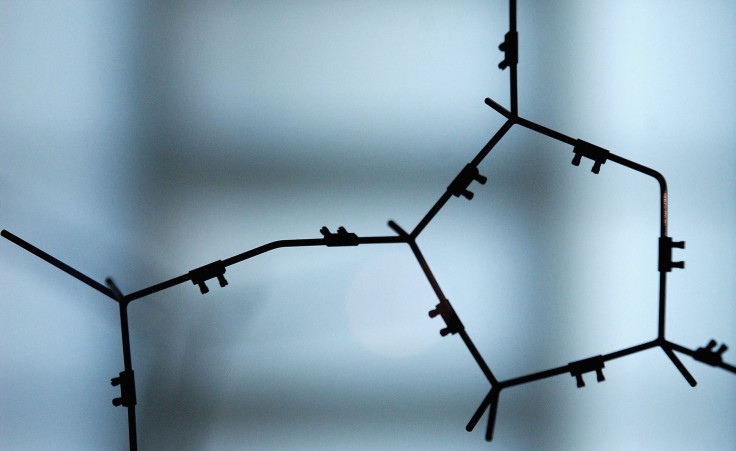Scientists Discover 15 Locations On Human DNA Linked To Depression Among People Of European Ancestry

Scientists have identified 15 locations on the human DNA linked to depression among people of European ancestry.
The researchers used crowdsourced data and analyzed common genetic variation of 75,607 people of European descent who self-reported having been diagnosed with or receiving treatment for depression and 231,747 healthy controls who were also of European descent. The study published Monday in the journal Nature Genetics used genetic data from thousands of people who had submitted their information to the personal genomics and biotechnology company, 23andMe.
“It just underscores that depression really is a brain disease,” Roy Perlis, the study's co-author, reportedly said. “Depression is about biology and I think that will be helpful for some people in reducing stigma and changing how we think about depression.”
The study funded by the National Institutes of Health is reportedly the first large study on depression among people of European ancestry. The study shows that the genes involved in the development of neurons in the brain correspond to the ones causing major depressive disorder.
Scientists confirmed the results obtained from crowdsourced data with those obtained from traditional genetics approaches to the study. The research team found that there were 17 genetic variations linked to depression at 15 genome locations. The study also showed evidence of an overlap between the genetic basis of depression and other mental illnesses. The study, however, does not rule out environmental factors behind depression.
“We hope these findings help people understand that depression is a brain disease, with its own biology,” Perlis reportedly said. “Now comes the hard work of using these new insights to try to develop better treatments.”
© Copyright IBTimes 2024. All rights reserved.












